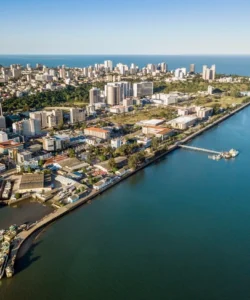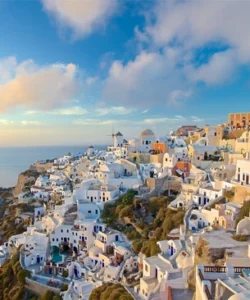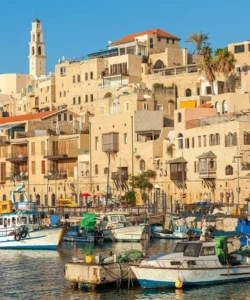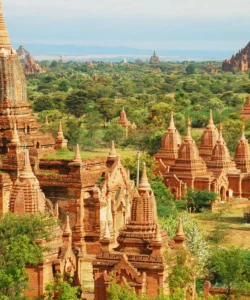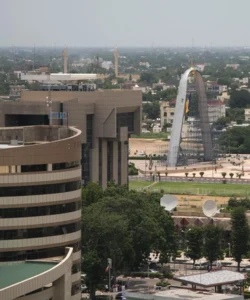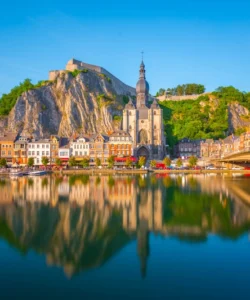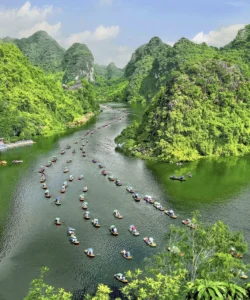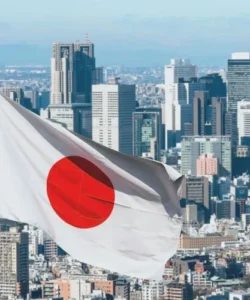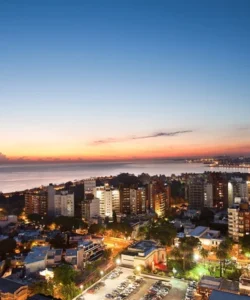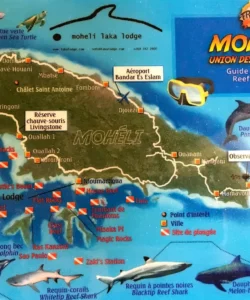Asia is the world’s largest and most populous continent, offering a kaleidoscope of cultures, landscapes, and experiences.
Listen to an introduction about Asian Community
![]()
Area and Population:
Asia covers an area of approximately 44.58 million square kilometers (17.21 million sq mi), accounting for about 30% of the Earth’s total land area. It is home to roughly 4.7 billion people (2021 estimate), which is about 60% of the global population. The most populous countries in Asia include China, India, Indonesia, Pakistan, and Bangladesh.
Languages:
With over 2,300 languages spoken, Asia boasts incredible linguistic diversity. Major language families include Sino-Tibetan, Indo-European, Austroasiatic, Austronesian, Japonic, Dravidian, Afroasiatic, Turkic, Kra-Dai, and Koreanic. Widely spoken languages include Chinese (Mandarin), Hindi, Indonesian, Bengali, and Japanese.
Currencies:
Numerous currencies are used across Asia. Some of the well-known ones include the Japanese Yen (JPY), South Korean Won (KRW), Indian Rupee (INR), Philippine Peso (PHP), Thai Baht (THB), and Iranian Rial (IRR).
Religions:
Asia is the birthplace of many of the world’s major religions. The predominant religions practiced are Islam (28%), Hinduism (22.8%), Buddhism (11.1%), and various Folk Religions (9.7%). A significant portion of the population (13.9%) is unaffiliated with any religion.
Capitals and Major Cities:
Asia features a vast array of vibrant capital cities and urban centers. Some of the most notable include:
- Tokyo, Japan: A bustling metropolis blending modern skyscrapers with ancient traditions.
- Kyoto, Japan: A cultural treasure trove with numerous UNESCO World Cultural Heritage Sites.
- Bangkok, Thailand: Famous for its vibrant nightlife, street food, and ornate temples.
- Hanoi, Vietnam: Known for its rich history, French colonial architecture, and delicious cuisine.
- Beijing, China: Home to iconic historical landmarks like the Forbidden City and Great Wall.
- Hong Kong, China: A dynamic global financial hub with a stunning skyline.
- Singapore: A modern city-state renowned for its green spaces, futuristic architecture, and diverse food scene.
- Delhi, India: A city brimming with historical sites, bustling markets, and diverse culinary experiences.
- Kuala Lumpur, Malaysia: A blend of traditional charm and modern development, featuring the Petronas Towers.
- Siem Reap, Cambodia: The gateway to the ancient wonders of Angkor.
Attractions and Wonders:
Asia is home to some of the world’s most iconic attractions and wonders, including:
- Angkor Complex (Cambodia): A vast archaeological site featuring magnificent temples like Angkor Wat.
- Taj Mahal (India): A stunning white marble mausoleum, a UNESCO World Heritage Site and one of the New7Wonders of the World.
- Great Wall of China (China): An ancient series of fortifications and another New7Wonder of the World.
- Forbidden City (China): The imperial palace of China for centuries, located in Beijing.
- Mount Fuji (Japan): An iconic sacred mountain and symbol of Japan.
- Ha Long Bay (Vietnam): A UNESCO World Heritage Site famous for its emerald waters and towering limestone karsts.
- Gardens by the Bay (Singapore): A futuristic park with impressive Supertrees and diverse plant life.
- Petronas Towers (Malaysia): Iconic twin skyscrapers in Kuala Lumpur.
- Tiger’s Nest Monastery (Bhutan): A sacred Buddhist monastery perched on a cliffside.
- Borobudur Temple (Indonesia): A massive Buddhist temple complex.
Architecture:
Asian architecture is incredibly diverse, ranging from ancient temples and imperial palaces to cutting-edge modern skyscrapers. Key styles and examples include:
- Traditional East Asian: Characterized by elaborate wooden structures, intricate roofs, and strong connections to nature (e.g., Japanese castles, Chinese temples).
- South Asian (Indian Subcontinent): Features grand temple complexes with intricate carvings (e.g., Dravidian style, Mughal architecture like the Taj Mahal).
- Southeast Asian: Often incorporates elements of Buddhism and Hinduism, with ornate decorations and multi-tiered roofs (e.g., Khmer architecture of Angkor, Thai temples).
- West Asian (Middle East): Influenced by Islamic architecture, with grand mosques, intricate geometric patterns, and domes (e.g., Iranian/Persian styles).
- Modern Asian: Iconic skyscrapers and innovative designs are prevalent in major cities (e.g., Taipei 101, Shanghai Tower, Burj Khalifa, Petronas Towers).
Roads and Transportation:
Asia’s transportation infrastructure is undergoing significant transformation. While many countries still have developing networks, the region is home to some of the world’s busiest ports, airports, and rail networks, including extensive high-speed rail systems in countries like China and Japan. Road networks are also rapidly growing, and initiatives for electric vehicle adoption and non-motorized transport are gaining traction.
Hotels:
Asia offers a wide range of accommodation options, from luxury resorts and boutique hotels to budget-friendly guesthouses. Many major cities feature highly-rated hotels, including those recognized by the MICHELIN Guide for their cultural immersion and serene atmospheres, such as Amantaka in Luang Prabang, Laos.
Restaurants and Cuisine:
Asian cuisine is renowned for its rich, diverse flavors, aromatic spices, and vibrant colors. Each region and country boasts unique culinary traditions. Some essential dishes to try include:
- Chilli Crab (Singapore): Stir-fried crab in a sweet, savory, and spicy tomato-based sauce.
- Curry Feast (Sri Lanka/India): A staple with various curries, often served with rice and side condiments.
- Momos (Himalaya): Delicious steamed or fried dumplings.
- Kimchi (Korea): Fermented cabbage, a staple side dish.
- Satay (Indonesia/Malaysia): Skewered and grilled marinated meat, served with peanut sauce.
- Sushi (Japan): Vinegared rice topped with various ingredients like fresh fish.
- Mango Sticky Rice (Thailand): A sweet dessert with fresh mango, coconut sticky rice, and coconut syrup.
- Pho (Vietnam): A flavorful noodle soup.
Asia’s dining scene is celebrated globally, with numerous restaurants consistently featured on “Asia’s 50 Best Restaurants” list, showcasing a blend of traditional and innovative culinary experiences.
Annual Travel:
Annual travel trends in Asia indicate a growing interest in holistic wellness experiences, nature-driven escapes, and purposeful, active holidays. While established destinations remain popular, emerging markets like Bangladesh, New Zealand, and Cambodia are gaining traction. Gastronomy continues to be a top driver for travel, and a significant number of high-net-worth travelers are prioritizing being close to nature and engaging in wildlife encounters. Solo and small group trips are also popular, with many travelers booking their trips well in advance.
Asia is the world’s largest and most populous continent, comprising 48 countries and territories. Asian countries are diverse in culture, history, geography and economy. Here are some examples of Asian countries, divided by geographical region:
East Asia:
China, Japan, Korea, Taiwan, Mongolia, Hong Kong, Macau.
Southeast Asia:
Vietnam, Thailand, Malaysia, Singapore, Indonesia, Philippines, Laos, Cambodia, Myanmar, Brunei, East Timor.
South Asia:
India, Pakistan, Bangladesh, Nepal, Bhutan, Sri Lanka, Maldives, Afghanistan.
West Asia:
Saudi Arabia, Iran, Iraq, Türkiye, Israel, Syria, Lebanon, Jordan, Yemen, Oman, Qatar, Bahrain, United Arab, Emirates, Kuwait, Armenia, Azerbaijan, Georgia, Cyprus, Palestine
Central Asia:
Kazakhstan, Kyrgyzstan, Tajikistan, Turkmenistan, Uzbekistan.
In addition, there are some disputed territories or areas with special political status such as Palestine, Taiwan, Hong Kong, Macau.
The division of Asian countries by geographical area as above is only relative, due to the diversity and complexity of this continent.



